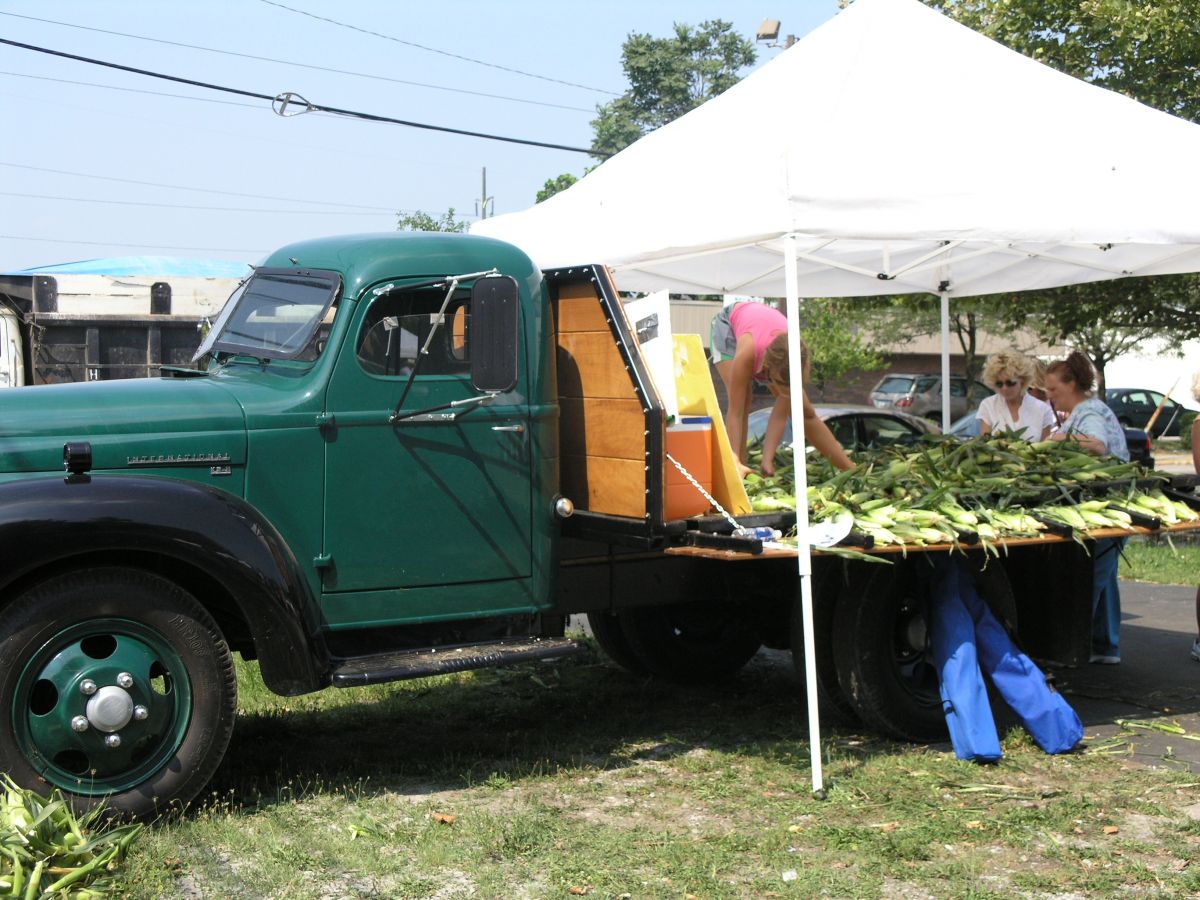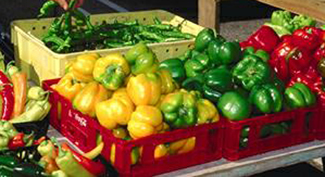Roadside Produce Stands
Roadside stand is generic term for a type of marketing site in which a farm producer sells directly to consumers. A roadside stand is a seasonal, temporary or semi-temporary structure that may be located on or off the farm.
Overview
 A roadside stand is more than just a way to “unload” produce from your farm; it is essentially a temporary retail store. A well-known cliché states that “the three most important principles in retail are location, location, location.” While internet marketing has changed this rule for many businesses, location remains the most critical concern for farm roadside stands. Obtain permission for stands not on your own property by personally meeting with the manager or owner of the store or parking area. Some roadside stands, especially when located on the seller’s property, may be more permanent structures, even including access to electricity and refrigeration equipment. Regardless of whether a stand is temporary or more permanent, be sure that there are not elements of the construction that present a danger to you or your customers.
A roadside stand is more than just a way to “unload” produce from your farm; it is essentially a temporary retail store. A well-known cliché states that “the three most important principles in retail are location, location, location.” While internet marketing has changed this rule for many businesses, location remains the most critical concern for farm roadside stands. Obtain permission for stands not on your own property by personally meeting with the manager or owner of the store or parking area. Some roadside stands, especially when located on the seller’s property, may be more permanent structures, even including access to electricity and refrigeration equipment. Regardless of whether a stand is temporary or more permanent, be sure that there are not elements of the construction that present a danger to you or your customers.
Things to Consider
 Even if your roadside stand location is picture-perfect, you will need some form of advertising to attract customers. The customer’s desire for convenience is also reflected by his or her preference for shopping at a roadside stand that is neat and clean. The cleanliness of your roadside stand may be more than just a means of attracting customers; in some cases, a stand may be subject to legal considerations, such as health permits and licenses. Product quality is also vital to attracting and keeping customers. Unfortunately, roadside farm stands will be competing with peddlers that have purchased produce wholesale and are reselling it as “local.” Because your roadside stand is a retail operation, you will need to be sure to address issues that would apply to any retail business. Commonly overlooked aspects of operating a roadside stand include making sure to use proper weights and measures equipment, sales tax, and keeping an adequate supply of change on hand for transactions.
Even if your roadside stand location is picture-perfect, you will need some form of advertising to attract customers. The customer’s desire for convenience is also reflected by his or her preference for shopping at a roadside stand that is neat and clean. The cleanliness of your roadside stand may be more than just a means of attracting customers; in some cases, a stand may be subject to legal considerations, such as health permits and licenses. Product quality is also vital to attracting and keeping customers. Unfortunately, roadside farm stands will be competing with peddlers that have purchased produce wholesale and are reselling it as “local.” Because your roadside stand is a retail operation, you will need to be sure to address issues that would apply to any retail business. Commonly overlooked aspects of operating a roadside stand include making sure to use proper weights and measures equipment, sales tax, and keeping an adequate supply of change on hand for transactions.

